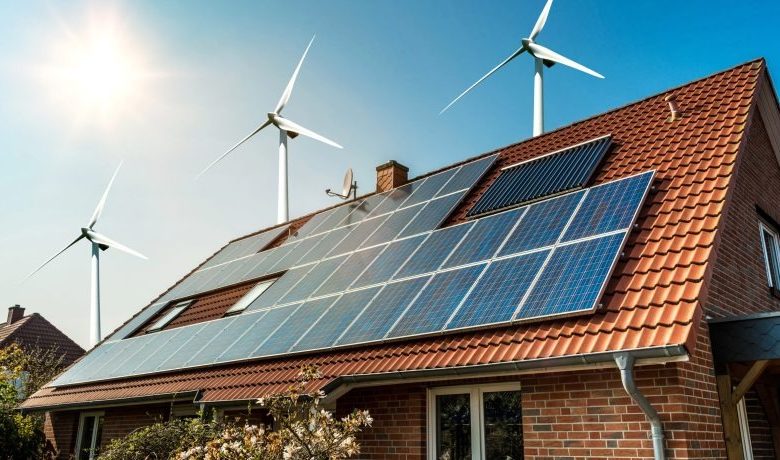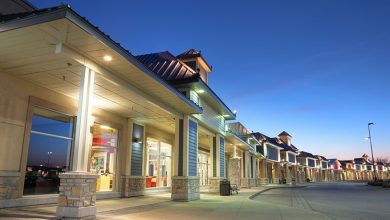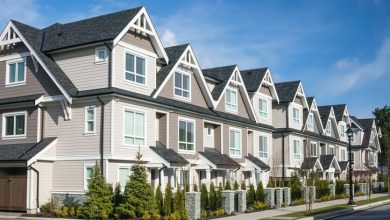The real estate market for green and sustainable properties in the USA

The real estate market for green and sustainable properties in the USA is growing rapidly as more and more consumers become aware of the benefits of living in eco-friendly homes. These properties, also known as “green homes,” are designed to minimize their impact on the environment and reduce the amount of energy and resources required to operate them.
One of the main drivers of the green real estate market is the increasing concern about climate change and the need to reduce carbon emissions. As a result, many states and municipalities have implemented policies and programs to encourage the construction of green homes. For example, the US Department of Energy’s Energy Star program provides incentives for builders and homeowners to construct energy-efficient homes. In addition, many states offer tax credits and other incentives for homeowners who install solar panels or other renewable energy systems.
Another driver of the green real estate market is the growing demand for healthier living environments. Green homes are designed to improve indoor air quality and provide natural light and ventilation, which can have a positive impact on mental and physical health. In addition, many green homes use non-toxic and sustainable materials, which can reduce the risk of exposure to harmful chemicals.
The green real estate market also benefits from the fact that green homes are often more cost-effective to operate than traditional homes. For example, green homes typically use less energy and water, which can lead to significant savings on utility bills. In addition, green homes are often built with durable and low-maintenance materials, which can reduce the need for costly repairs and renovations.
Despite the many benefits of green homes, there are still some challenges facing the green real estate market. One of the main challenges is the cost of construction. Green homes are often more expensive to build than traditional homes, which can make them less accessible to some consumers. However, as more builders and developers adopt green building practices, the cost of construction is likely to decrease.
Another challenge is the lack of awareness about the benefits of green homes among some consumers. Many people are still not familiar with the concept of green homes, and may not understand the benefits of living in one. However, as more information becomes available, and as more green homes are built, it is likely that more consumers will become interested in the green real estate market.
In conclusion, the real estate market for green and sustainable properties in the USA is growing rapidly and has many benefits. From reducing the impact on environment, improving indoor air quality and providing natural light and ventilation, to reducing utility costs and providing durable and low-maintenance materials. However, the cost of construction and lack of awareness among some consumers are still challenges facing the green real estate market. As more builders and developers adopt green building practices, the cost of construction is likely to decrease and more consumers will become interested in the green real estate market.



